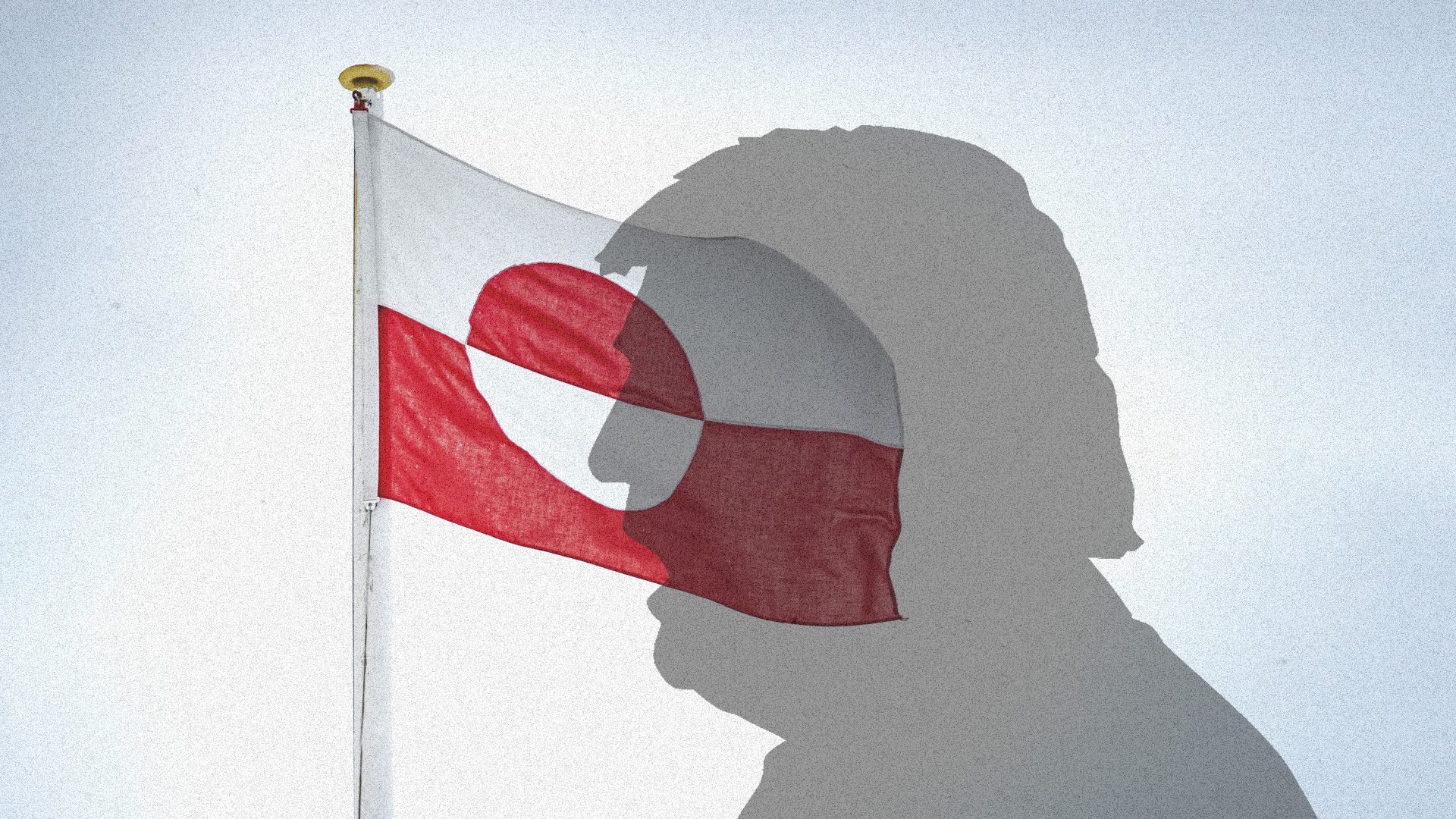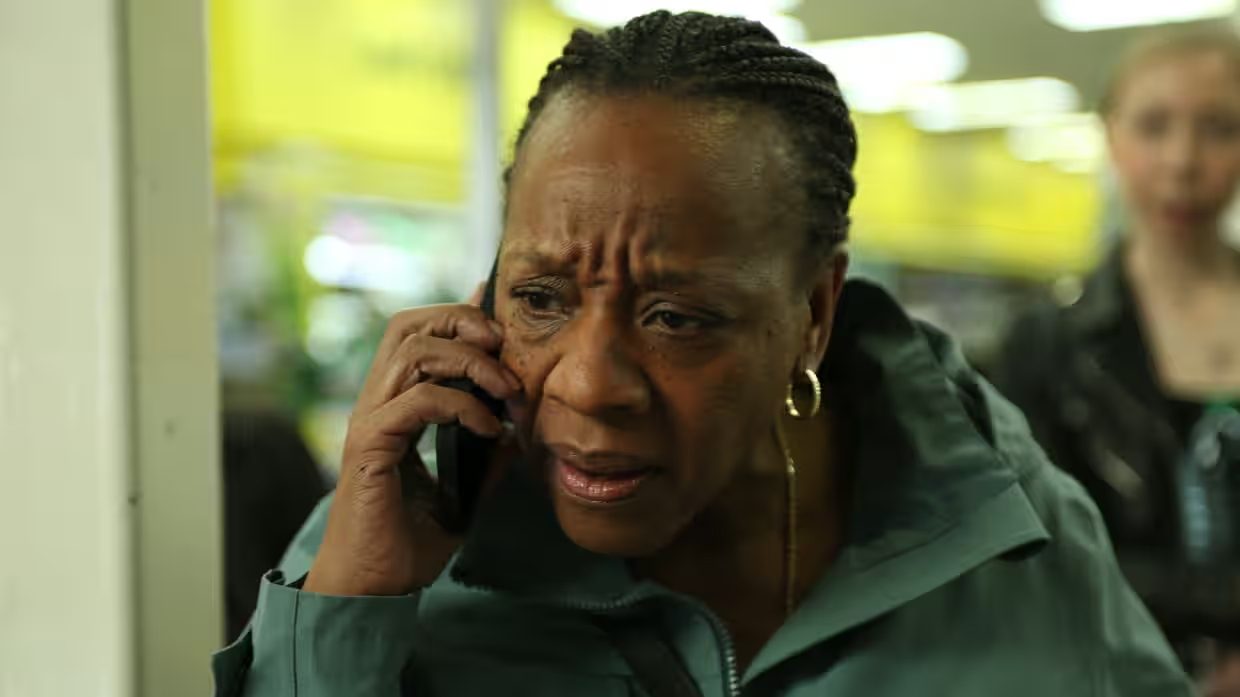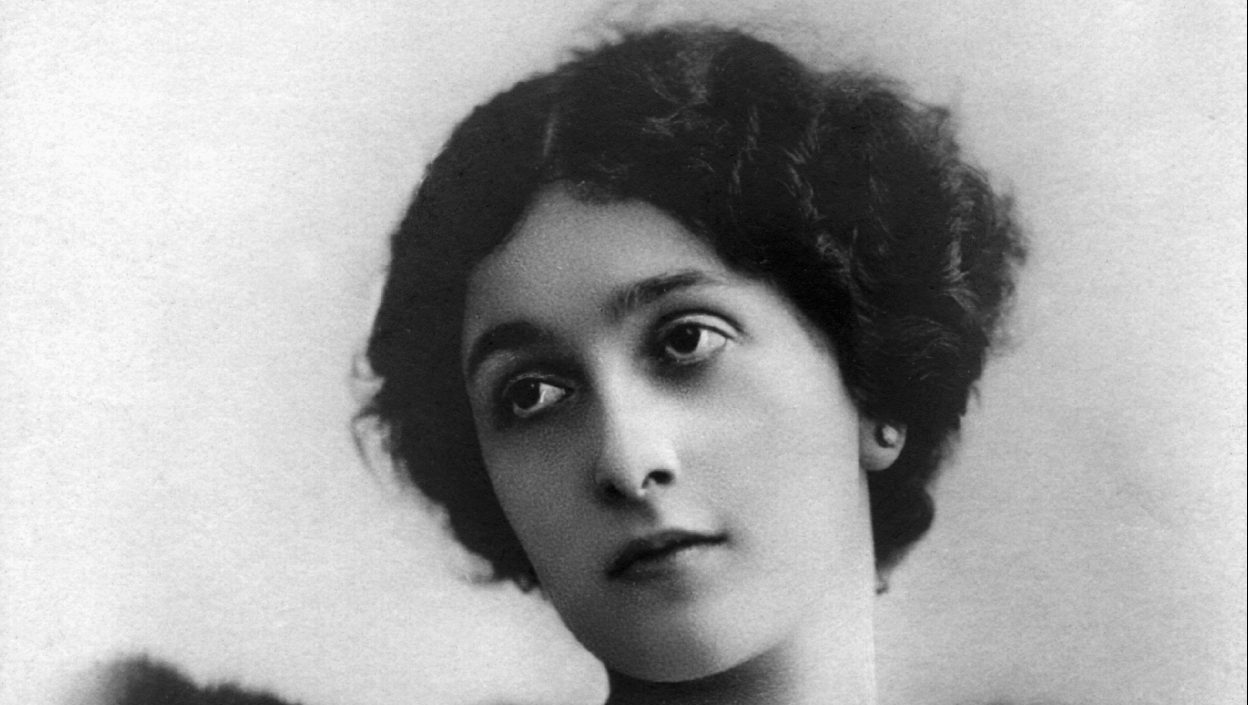Donald Trump wants Greenland to be part of the USA. Seemingly recognising that America has no kind of entitlement to the territory, he is kindly offering to buy it. But even if everyone involved were to agree to this purchase, which they surely will not, the question is: who would he have to buy it from?
The first human inhabitants of the world’s biggest island were Inuit who arrived from the west, crossing over the Davis Strait from the American continent into north-western Greenland via the islands of Arctic Canada. This occurred in a number of different migrations, starting in about 2500BC. Several distinct Greenland Eskimo cultures have been identified, the most recent arrival being the Dorset II Culture (c. AD700-1200).
The modern West Greenlandic or Kalaallisut language is a variety of Inuit, and has about 60,000 speakers. It was made the sole official language of Greenland in 2009. It belongs to the broader Eskimo-Aleut or Eskaleut language family, which is spoken over a vast area ranging for around 4,000 miles from eastern Siberia across Alaska (which the USA bought from Russia in 1867), and Arctic Canada, to both coasts of Greenland.
Trump should probably, then, try to make the purchase from the native Greenlanders. Since 1979, Greenland has been a self-governing Danish territory, and there is a strong movement there advocating total Greenlandic independence.
Denmark came into this picture because from about AD900 until the late 1400s, Greenland was also home to 3,000 or so speakers of a language very different from Inuit which had arrived in the opposite direction, from Europe. These were people who spoke the European language, Old Norse. They had originally arrived as Vikings, mostly from Norway, via Iceland.
As a result of this Norwegian Viking colonisation, Greenland was a Norwegian possession for several centuries, until the Danish and Norwegian crowns, and so the two nations, were merged in 1523. When they were separated again in 1814, after Denmark was on the losing side in the Napoleonic wars, Greenland remained under Danish control. But this control was contested by Norwegian governments which, to cut a long story short, took the case to the Court of International Justice in the 1920s.
There were a number of Norwegian attempts to keep the dispute alive in the international public eye, such as the Foldvik Greenland expedition of 1926-28, led by three Norwegian scientists including Nils Foldvik from the Geophysical Institute) in Tromsø. In 1931 the Norwegian flag was raised at the apparently accurately named east coast settlement of Myggbukta “Mosquito Bay”, which was a Norwegian whaling, meteorological and radio station on the coast of eastern Greenland.
After much international negotiation, involving the international agreement that Spitzbergen should come under Norwegian oversight, Greenland was recognised as being Danish territory, with the Danish monarch being the head of state. So it is Denmark Trump will have to have dealings with, though if he cannot manage to make a deal with them, he could try Norway. He would have to be careful though, given that the Norwegians could make a good case for arguing that since they were the first Europeans to set foot in the Americas, far from Greenland being transferred to American ownership, at least the 48 mainland states of the USA should be handed over as soon as possible to the government in Oslo.
VIKING
The originally Old Norse word Viking is commonly regarded, although not universally so by experts, as having been derived from the Norse word vik, which means “creek, inlet, bay”, and is found in modern toponyms such as Narvik: Vikings were basically boatmen who based themselves in saltwater inlets.




